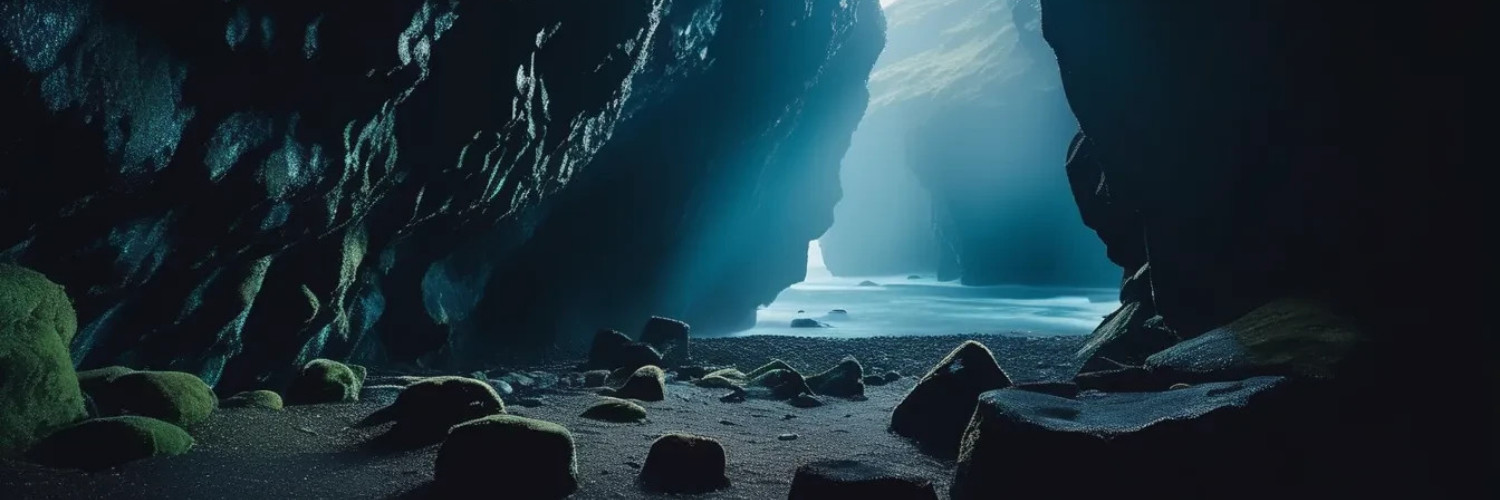Welcome to Gýgratrú
Gýgratrú is the worship of giantesses. It is a revival—and modern reinterpretation—of heathen Scandinavian giantess veneration, a tradition stretching back over five millennia.
Before the wandering, seasonal concept of Oðinn made its way to Norway, the giantesses were already there. They were revered as keepers of the land, holders of wisdom, and forces of nature.
As Old Norse faith developed, however, they were rewritten. Snorri Sturluson and subsequent Christian scholars miscast them as monstrous, violent, and grotesque. Their stories and roles were reshaped to serve a patriarchal order, warning women against power and independence. The giantesses became targets: Þórr’s legacy was his slaughter of giantesses, keeping the Jötunn population in check. Others were reduced to conquests, spoken of only as mothers, consorts, or trophies of the Æsir.
Yet, even within these rewritten myths, certain truths could not be erased.
- The giantesses are the keepers of the protology. Oðinn himself had to raise a Völva from the dead to gain ancient wisdom that only the giantesses possessed.
- The giantesses are a group of women that even the gods could not control. In the Eddas and ancient stories, giantesses are named more often than male jötnar and take far more active roles in shaping fate.
Gýgratrú is not a rebellion against the gods. It is not a left-hand path, and it is resolutely antifascist. Gýgratrú is a restoration of a lost reverence, a call to balance, and a return to nature through devotion to the first stewards of the land, the giantesses.
This site contains my ongoing study of the giantesses, analysis of ancient texts, and the evolving understanding of their role in myth, history, and spirituality.
In her shadow, I remain,
Aborigen, keeper of rúnskrá
